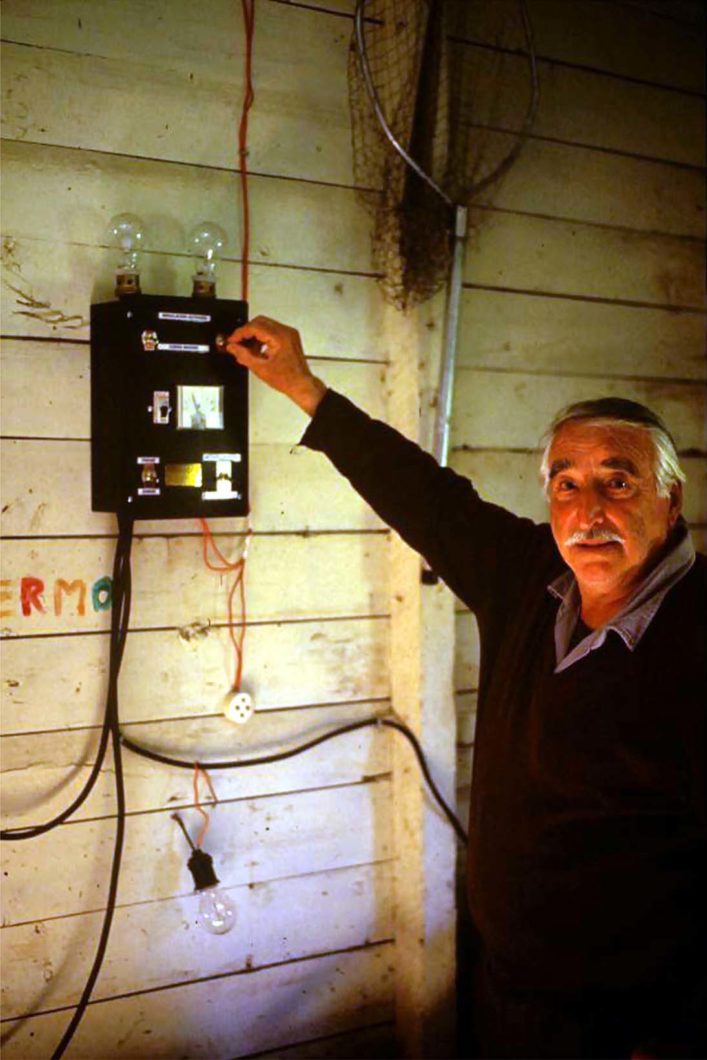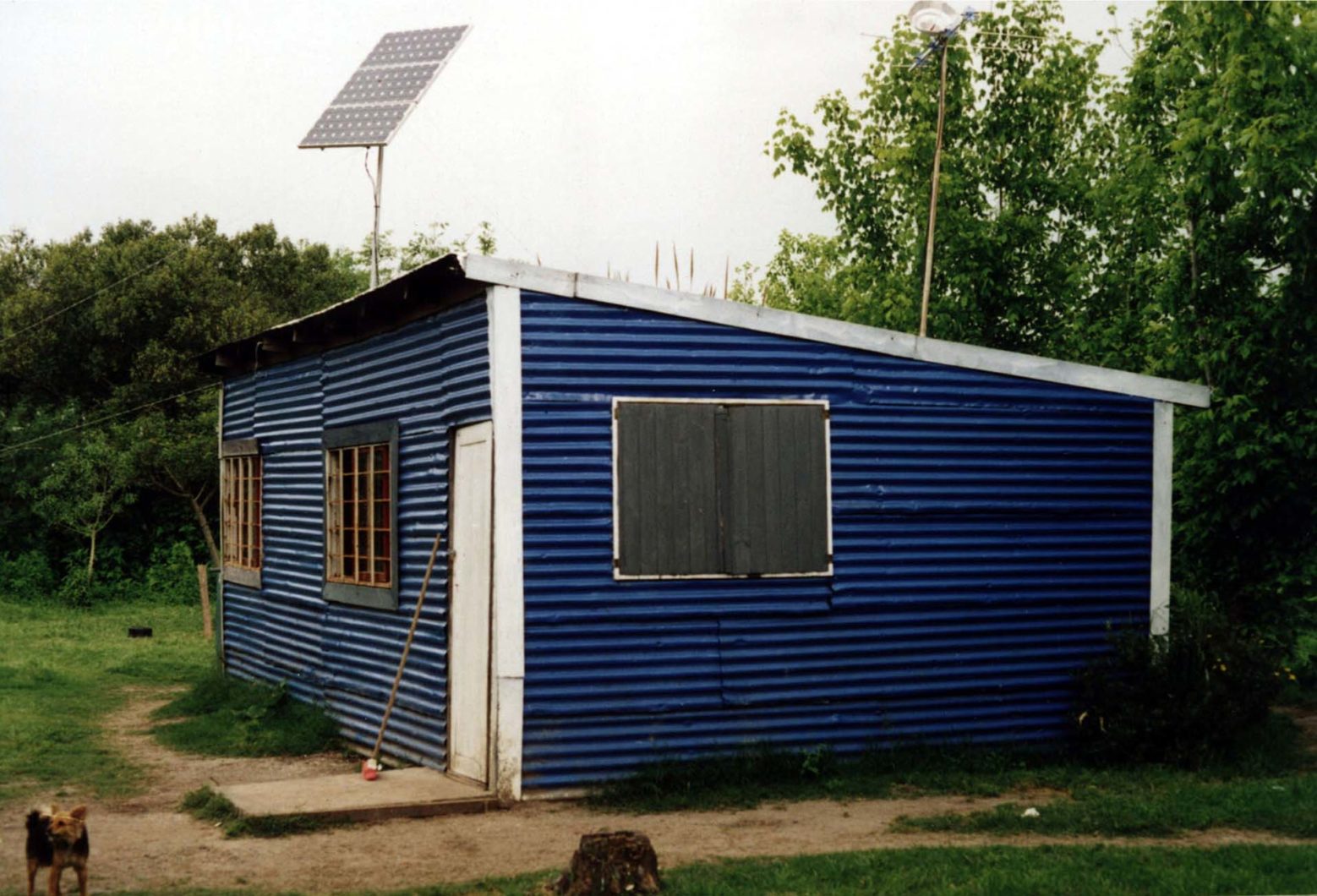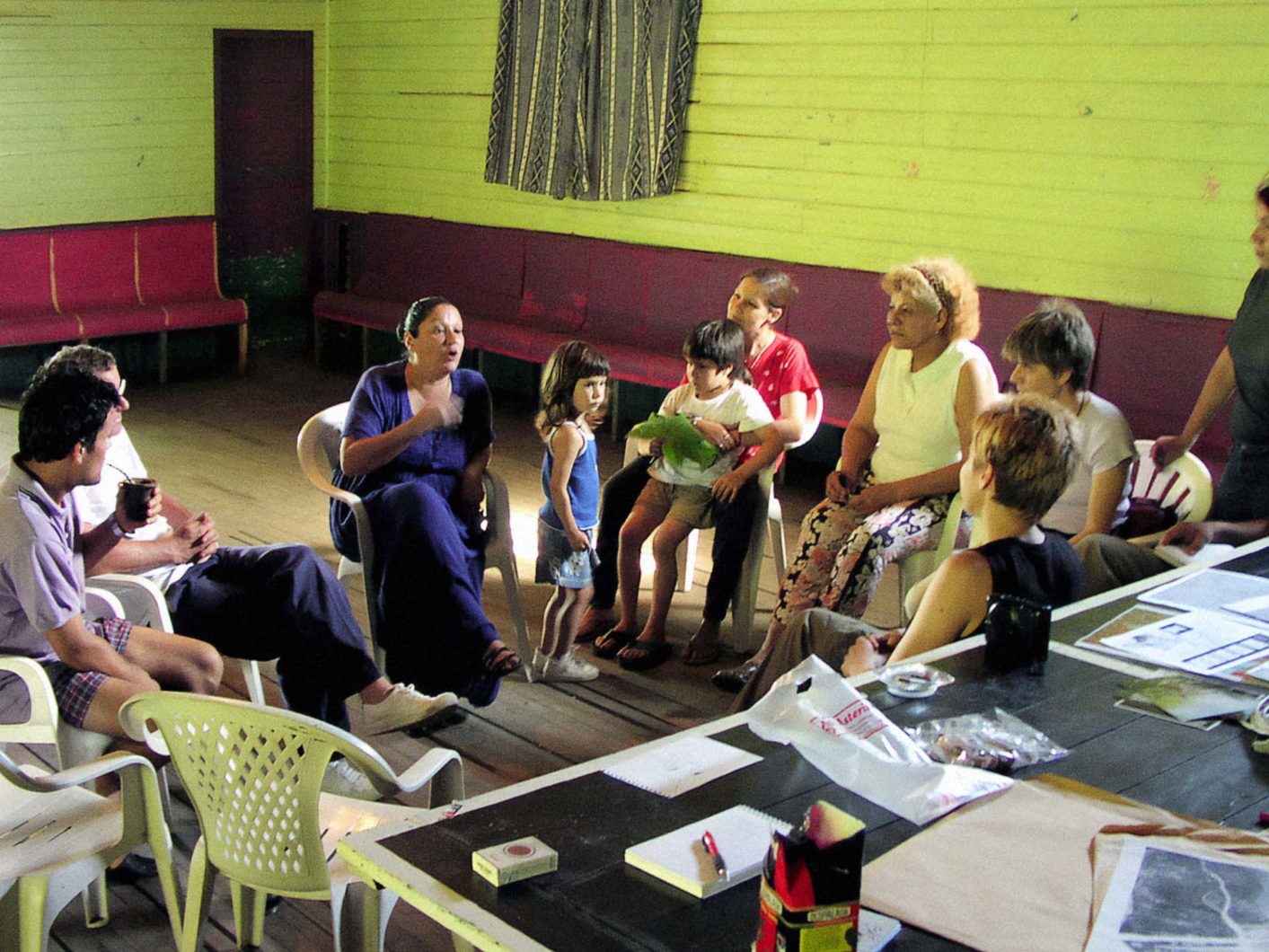Energia Alternativa para Isla Paulino (Alternative Energy for Isla Paulino)
Self-installed communal solar panels to stop the expansion of petrochemicals industries protecting a natural and cultural landscape.



Initiator(s)
Ala Plastica
Description
After another tragic oil spill from the petrochemicals factories at the banks of the canal in the La Plata harbour in 1999, Ala Plástica proposed to the local community to install 32 solar panels to supply the lack of electricity on the island. They encouraged a group of inhabitants to organise themselves into an association in order to manage the installation. The strategy was dialogical to involve a community formed by diverse actors (neighbours, associations, religious groups, policymakers, local institutions, and collectives) with experts in different fields (political experts, biologists, engineers, artists, etc).
Context
Ala Plástica (1991-2016, initially formed by Alejandro Meitin, Silvina Babich, and Rafael Santos) had a background in law, horticulture, science, and art education. Since 1991 they have worked around environmental issues engaging with the communities from the basin of La Plata (Argentina, Brazil, Paraguay, Uruguay and Bolivia) to develop a trans-regional territorial research using artistic methods. Isla Paulino is a wetland –habitat of aquatic birds– in delta Río Santiago (riverbank of Rio de la Plata). The Delta is composed of a group of islands, creek and coasts with a rich natural and cultural ecosystem. The Delta was modified in the late XIX century to open up the channel to reach La Plata Harbour. The inhabitants of Isla Paulino have developed a traditional economy based on fishing and horticulture. Although the island doesn’t have infrastructure nor running water, the expansion of petrochemical industries had put this environment and its fauna in danger with a series of oil spills in 1999-2000.
How to use it
Join local communities into an aesthetic research of their ecosystems. Advocate for their capacity to design their territories, to activate their traditions, their uses of land, local resources and knowledge as tools to gain social and economic value. With a dialogical approach, facilitate encounters and collaborations between different actors in the community with experts in different fields (political experts, biologists, engineers, artists, etc).
Goals
The project was aimed to protect the natural and cultural landscape; provide solar energy for inhabitants and to conceive a plan based on the understanding of the ecosystem and its infrastructure. The final goal was to promote a national law to keep this landscape protected.
Beneficial outcomes
Electricity was provided for many local houses. The whole process was guided by ideas based on the values that the community wished for: the installation of alternative sources of energy; the building of citizenship; the strengthening of the community and taking part in the territorial design. The group is still active and involved in different environmental struggles. In 2001, Law 12756 declared Delta del Rio Santiago to be a “Provincial Protected Landscape” with the aim to “preserve the integrity of its natural, geomorphological, historical and urban landscape”. Currently, together with other 310 organisations, activists, groups, and formal and informal movements in the country, they are advocating for a national law to protect Wetlands.
Location
Rio de La Plata, Argentina
Field
Ecological activism, Alternative Energies, Extractivism, cultural landscape
Strategy
Use It Yourself, Extraterritorial Reciprocity, Deactivating (art’s aesthetic function), Alternative Economies
Users
Community of Isla paulino and visitors in general.
Maintained by
Community of Isla paulino
Duration
2000 - ongoing
Coefficient of Arte Util
80
Category
Scientific
Pedagogical
Politics
Urban Development
Economy
Environment
Social
Links
http://alaplastica.wix.com/alaplastica
http://www.eldia.com.ar/ediciones/200111...
https://www.casariolab.art/






